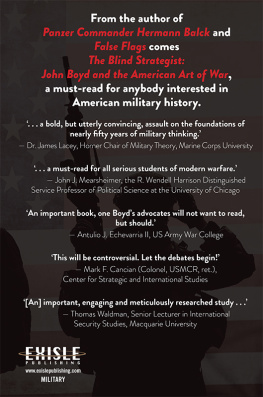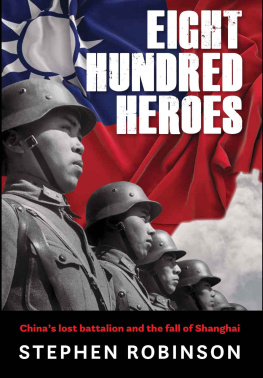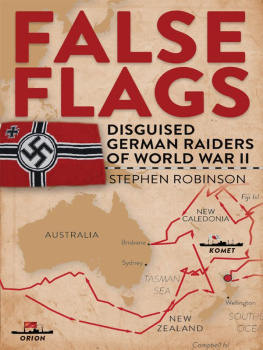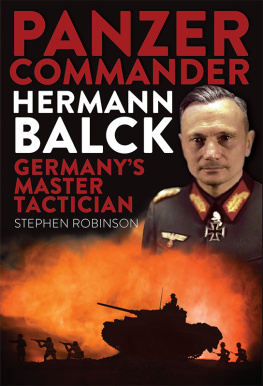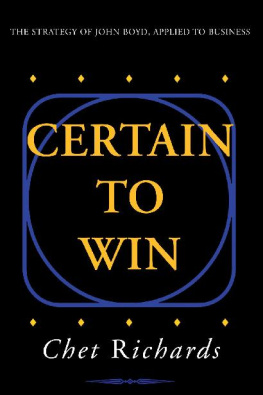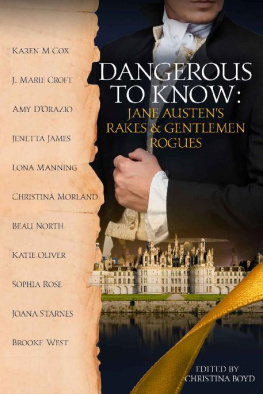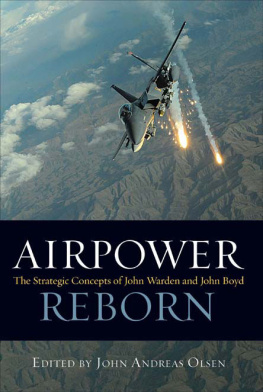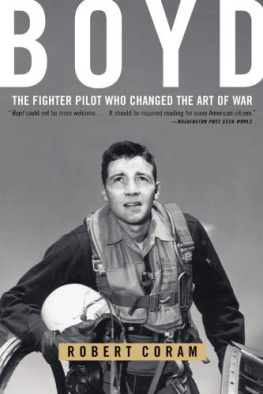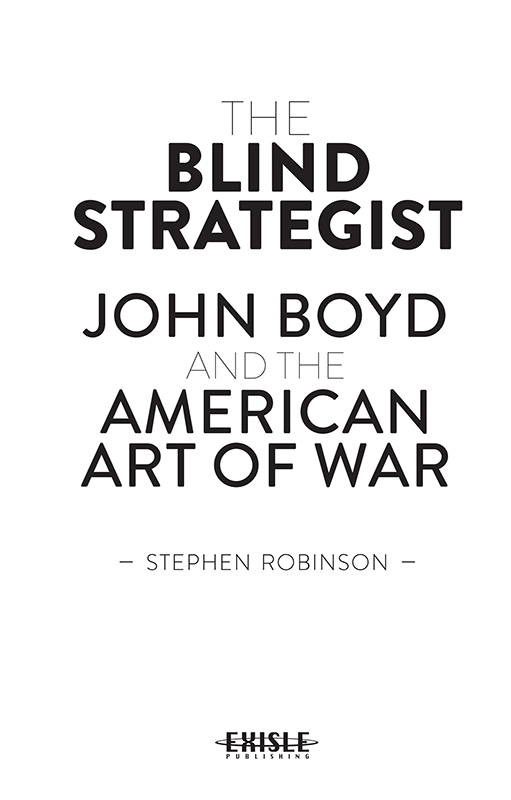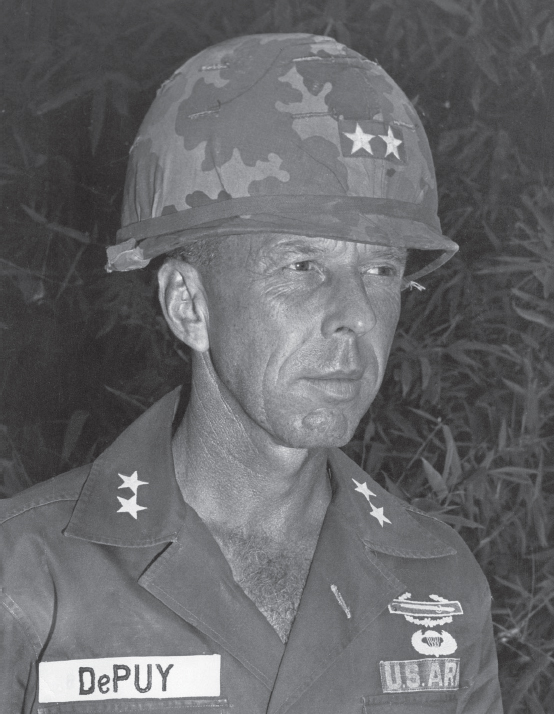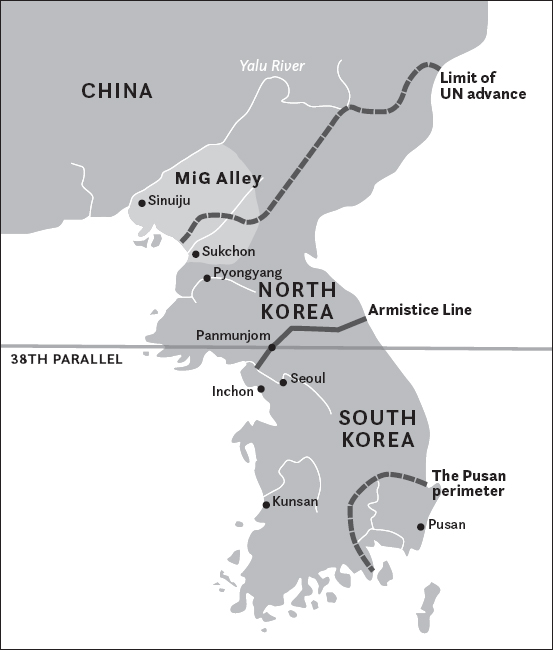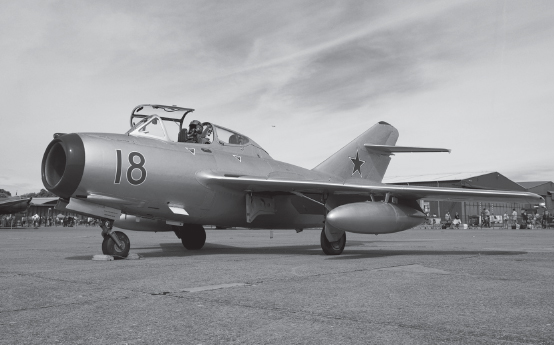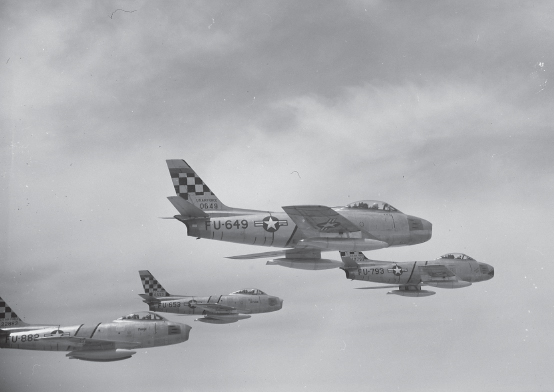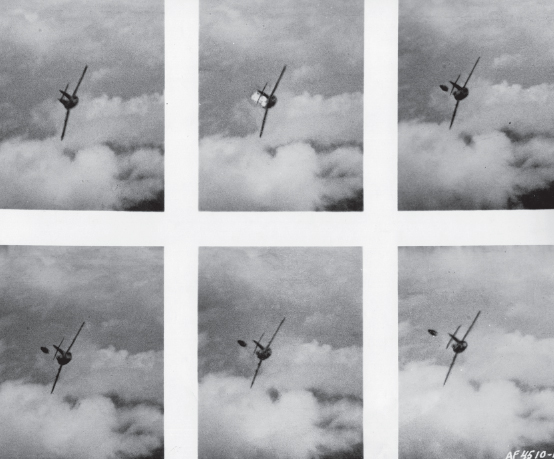Stephen Robinson - The Blind Strategist: John Boyd and the American Art of War
Here you can read online Stephen Robinson - The Blind Strategist: John Boyd and the American Art of War full text of the book (entire story) in english for free. Download pdf and epub, get meaning, cover and reviews about this ebook. City: Dunedin, year: 2021, publisher: Exisle Publishing, genre: History. Description of the work, (preface) as well as reviews are available. Best literature library LitArk.com created for fans of good reading and offers a wide selection of genres:
Romance novel
Science fiction
Adventure
Detective
Science
History
Home and family
Prose
Art
Politics
Computer
Non-fiction
Religion
Business
Children
Humor
Choose a favorite category and find really read worthwhile books. Enjoy immersion in the world of imagination, feel the emotions of the characters or learn something new for yourself, make an fascinating discovery.
- Book:The Blind Strategist: John Boyd and the American Art of War
- Author:
- Publisher:Exisle Publishing
- Genre:
- Year:2021
- City:Dunedin
- Rating:4 / 5
- Favourites:Add to favourites
- Your mark:
The Blind Strategist: John Boyd and the American Art of War: summary, description and annotation
We offer to read an annotation, description, summary or preface (depends on what the author of the book "The Blind Strategist: John Boyd and the American Art of War" wrote himself). If you haven't found the necessary information about the book — write in the comments, we will try to find it.
Colonel John Boyd (1927-1997), a maverick fighter pilot, revolutionized the American art of war through his ideas on conflict and the human mind. Boyd claimed that victory is won by the side which transitions through decision cycles faster than the enemy, which paralyses their ability to effectively react and mentally checkmates them with minimal violence. From this revelation, he studied history searching for insights to guide military success and this quest resulted in maneuver warfare theory, a new warfighting creed which gained influential converts in the Pentagon who were seeking a new way of waging war after years of wasted attrition in Vietnam.
Boyds ideas triggered a revolution within the American military and maneuver warfare concepts became doctrine during the 1980s. Maneuver warfare has since been credited with Americas swift victory during the Gulf War in 1991 and the lighting advance to Baghdad during Operation Iraqi Freedom in 2003. However, such claims have little basis in reality and Boyds legacy has accidently undermined American security.
When formulating his theories on conflict, Boyd relied upon fraudulent accounts of World War II written by Wehrmacht veterans who fabricated historical evidence to disassociate their reputations from Germanys defeat and to cover up their willing participation in Nazi war crimes. Boyd fell for this deception campaign and unknowingly injected dangerous misinformation into the American military mind. Maneuver warfare has accordingly corrupted the art of war and resulted in catastrophic decisions made in Iraq and Afghanistan during 21st century conflict.
In this in-depth account, acclaimed historian Stephen Robinson critically evaluates the maneuver warfare revolution that has transformed the American military. The Blind Strategist separates fact from fantasy and exposes the myths of maneuver warfare through a detailed evidence-based investigation and is a must read for anybody interested in American military history.
Stephen Robinson: author's other books
Who wrote The Blind Strategist: John Boyd and the American Art of War? Find out the surname, the name of the author of the book and a list of all author's works by series.

